Today, amidst the modern flow, that river is entering a new journey, where the riverside space becomes the highlight of a dynamic, creative Hanoi, blending the past and the future.
The flow of history - where culture and legend converge
Originating from the high mountains of Yunnan (China), the Red River flows south, crossing many hills and valleys, and then reaching the border river junction in Lao Cai city, where its flow truly completes both banks in the heart of Vietnam. Traveling over 550 km on the S-shaped strip of land, the Red River winds through 9 provinces and cities, from the rugged waterfalls of the upper region to the fertile water ports of the Northern Delta, before merging into the East Sea through the Ba Lat estuary, located between the two provinces of Thai Binh and Nam Dinh.
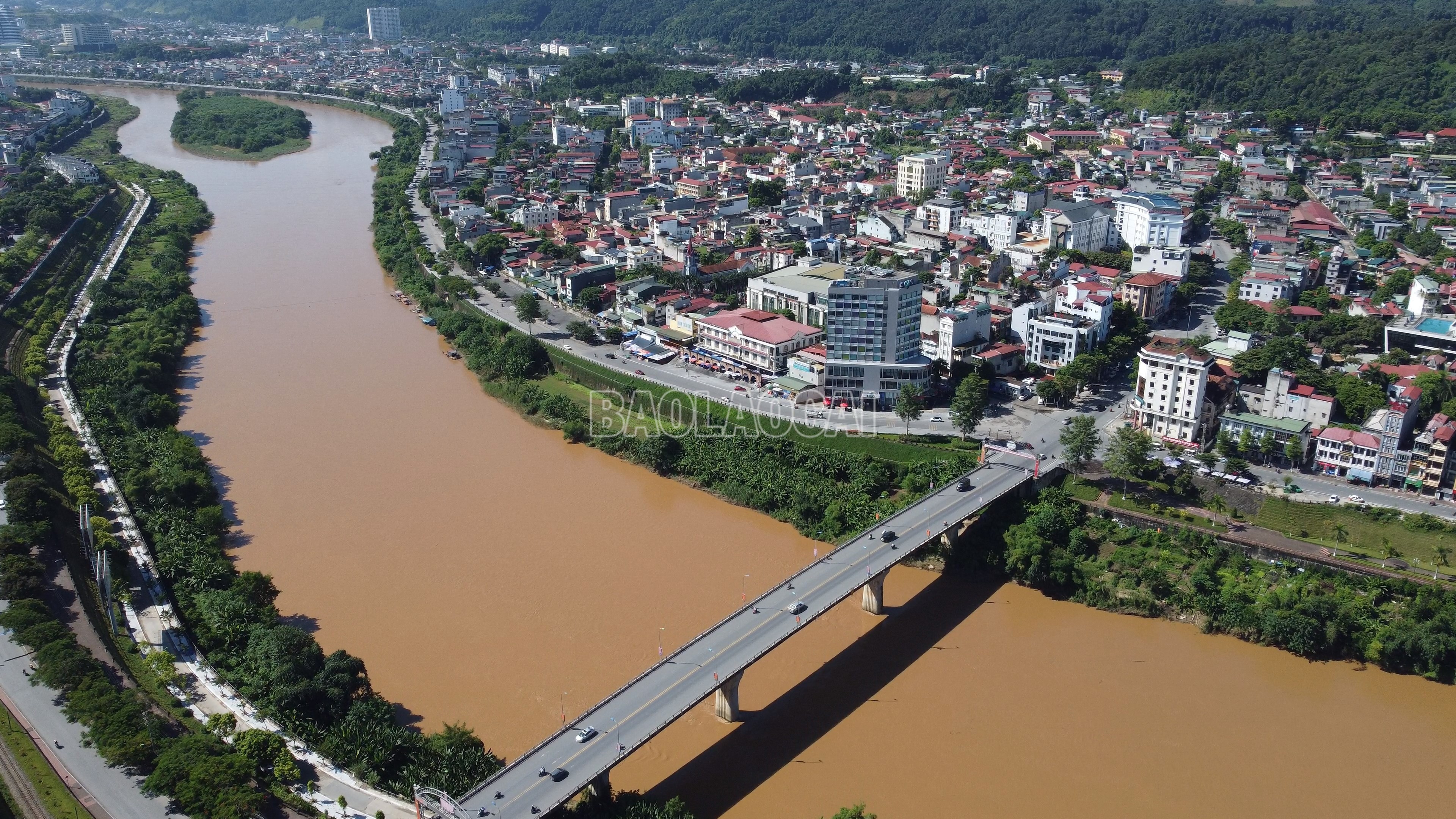
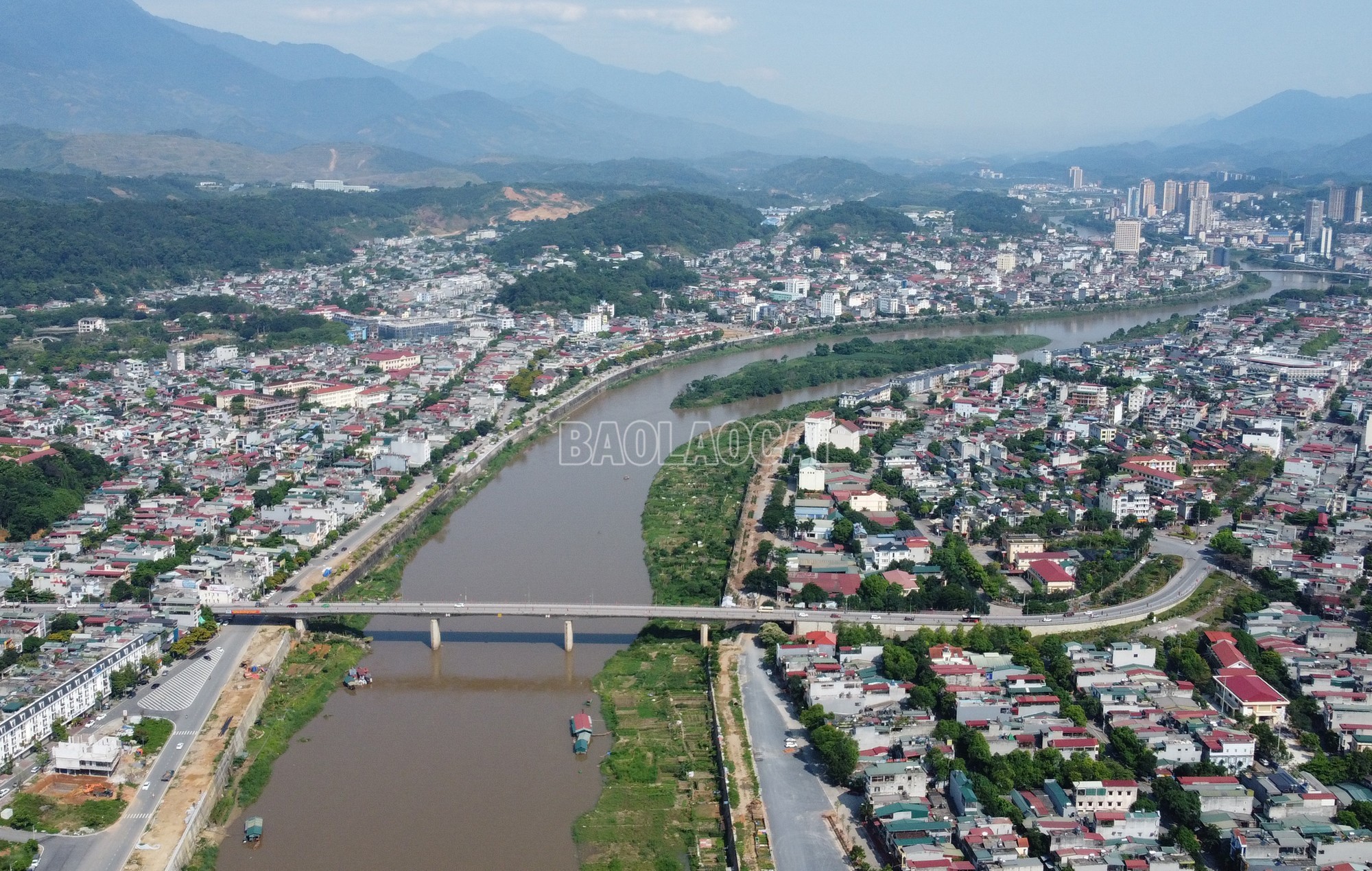
In Hanoi, the Red River flows for more than 160 km - not only a natural flow, but also a cultural source. For thousands of years, the red water with heavy alluvium has built up a fertile delta, where Vietnamese people built villages and formed bustling cities. It is no coincidence that Vietnamese people call this the Mother River. From the legend of Son Tinh - Thuy Tinh, the love story of Chu Dong Tu - Tien Dung, to the legend of the god Kim Quy helping An Duong Vuong make a magic crossbow, each story reflects the aspiration of our ancestors to conquer nature and protect the country's borders.
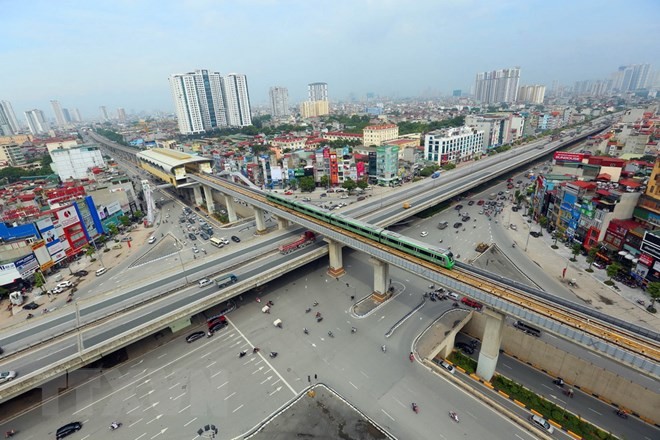
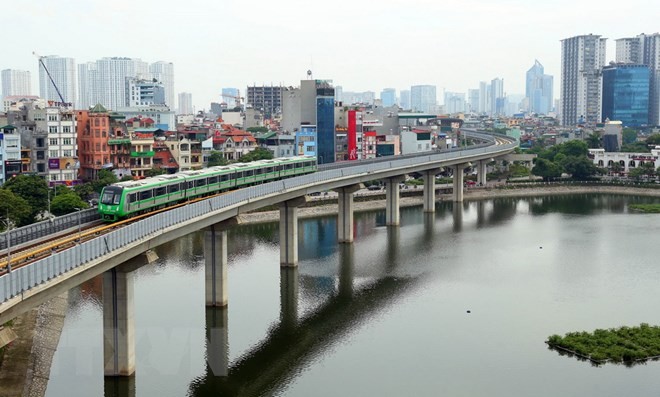
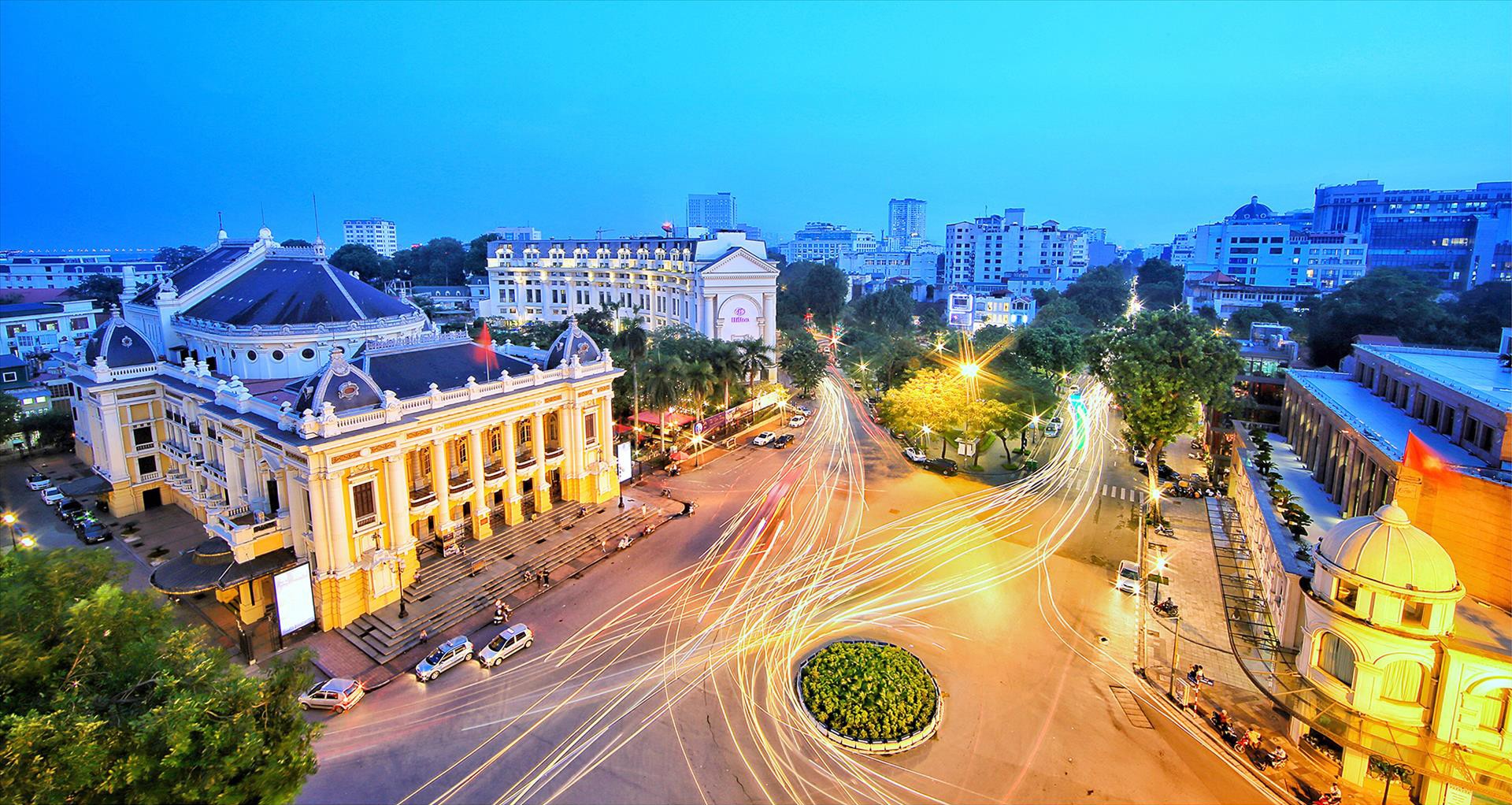
Thang Long in the past, Hanoi today, right from the beginning of the country's founding, chose the Red River as its fulcrum. In 1010, when King Ly Cong Uan moved the capital from Hoa Lu to Dai La citadel, he saw this place as a place where "dragons coiled and tigers sat", converging the spiritual energy of heaven and earth, where rivers harmonized, favorable for long-term development. The thousand-year-old capital was not only a political center, but also a bustling trading hub, where merchant ships crowded to dock, bringing goods and culture from all over.
The vast waters of the Red River not only carry alluvium, but also support craft villages and prosperous towns. Along both banks of the river, from the thousand-year-old Bat Trang pottery village, Yen Thai paper village, Van Phuc silk village, to Nhat Tan peach blossom village - each place preserves the cultural soul of Thang Long - Hanoi. The river wharves of the past were once bustling trading places, where street vendors, merchant boats, and buyers and sellers bustled about.
However, over time, rapid urbanization has caused the Red River space to gradually be forgotten. Roads and high-rise buildings have sprung up, but the river still flows, silently depositing alluvium and water for the capital. While major cities in the world such as London, New York, Seoul, etc. have taken full advantage of the river to develop, Hanoi is still on the journey to regain the inherent value of the Red River.
Red River space - new symbol of the Capital
Recognizing the invaluable value of the river, Hanoi is gradually re-planning the space on both banks, aiming for a new look, when the Red River becomes the main landscape axis of the central city. The urban zoning plan of the Red River will have the meaning of urban embellishment and is an opportunity for Hanoi to effectively exploit the land fund along the river, creating a living space in harmony between people and nature.
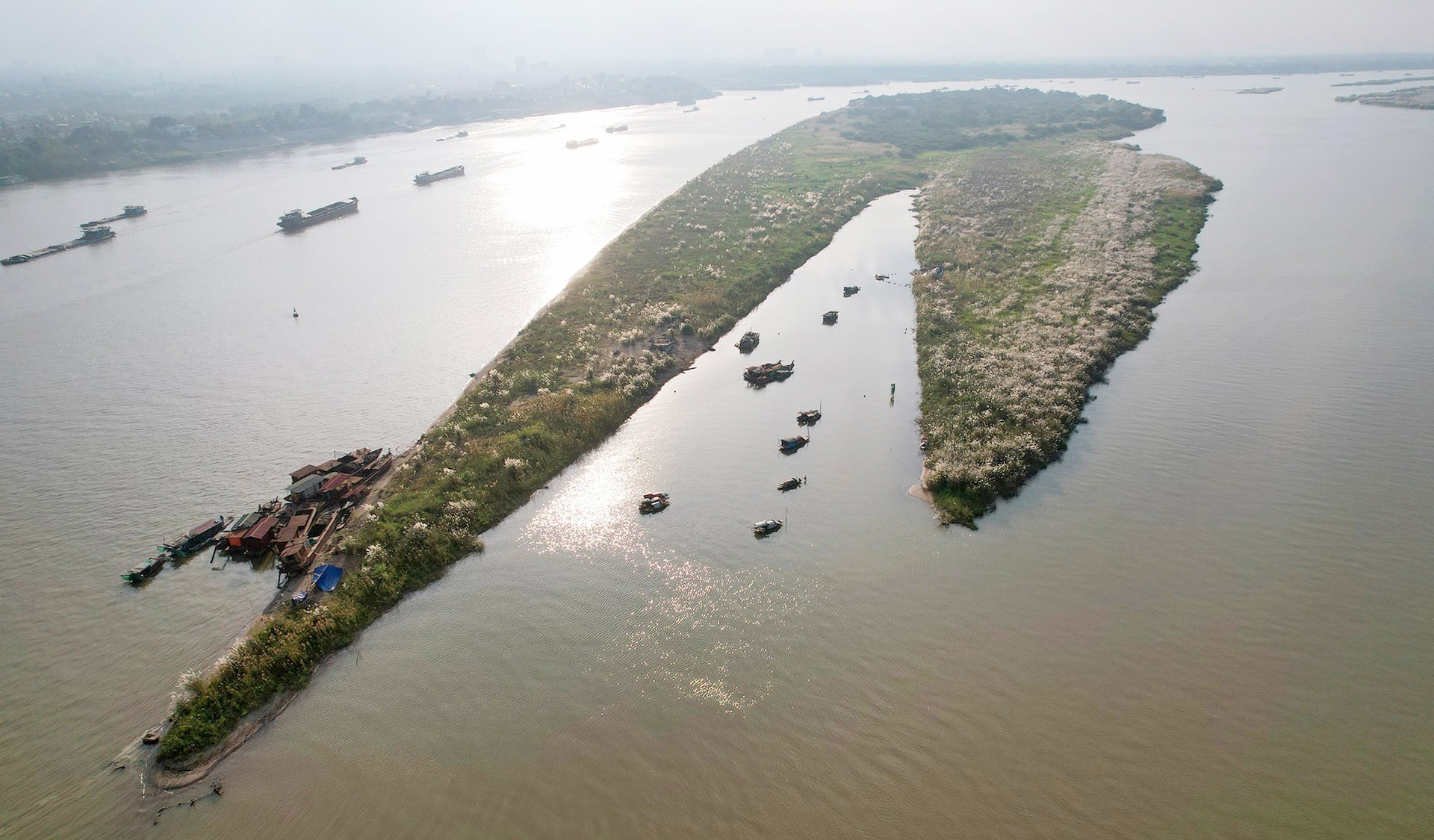
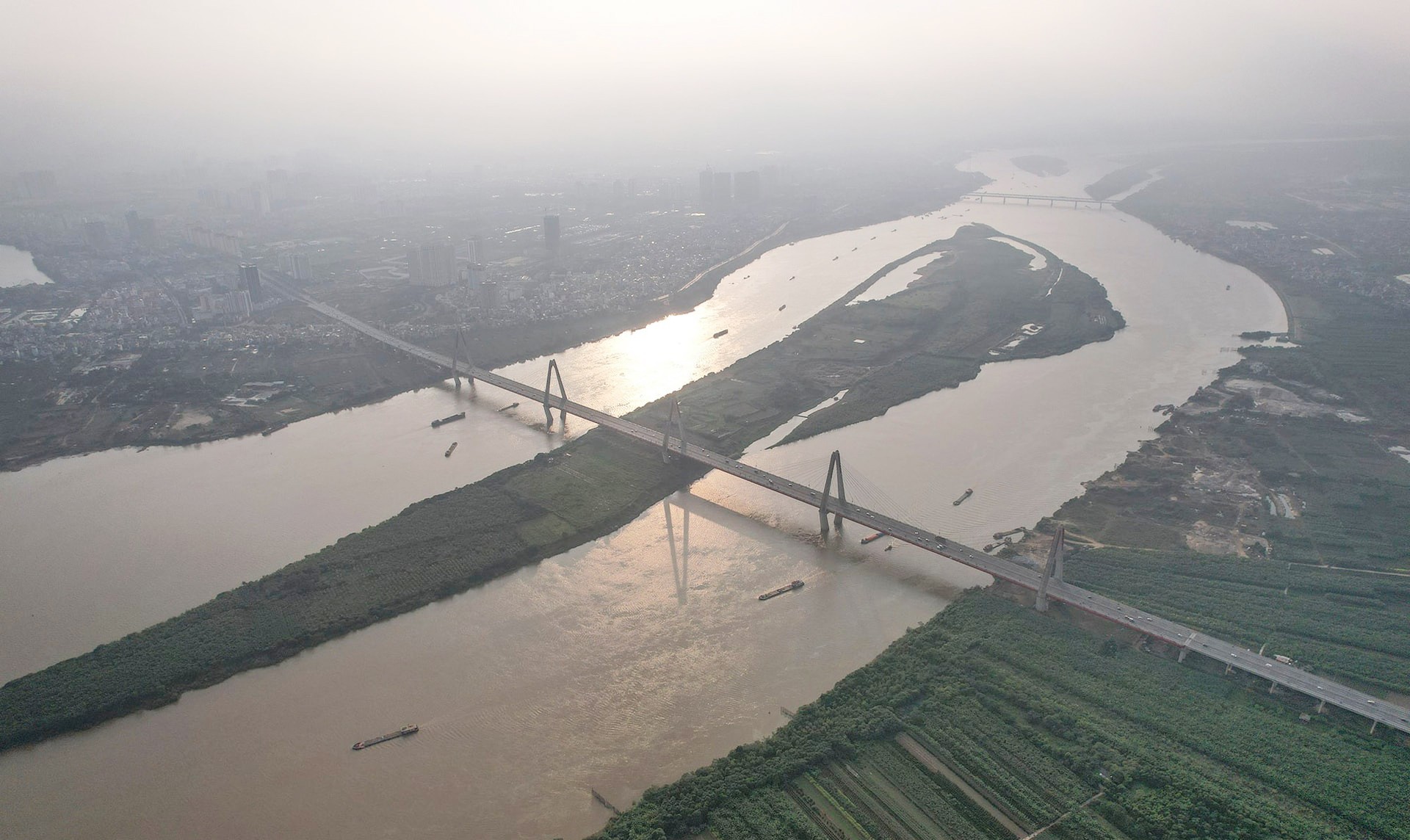
Instead of approaching land exploitation to build high-rise buildings, Hanoi has chosen a new approach towards harmony between nature and people. The space on both banks will be planned into diverse functional areas: ecological parks, entertainment areas, cultural and artistic spaces, alluvial grounds become places to hold traditional festivals, etc. Craft villages along the river will also be preserved and promoted, creating a connection between history and modernity.
In particular, the Red River sandbank - an area that was once forgotten - will now be planned to become a multi-functional cultural park, where traditional values are recreated, while creating an open space for people to enjoy nature, art and creative activities. The river is no longer just a boundary, but will become a connecting space, the breath of a modern city.
The future of the Red River - the future of Hanoi
The Red River urban zoning plan is not just a blueprint, but a long-term vision for the sustainable development of the capital. When both sides of the river are renovated, riverside traffic is completed, new bridges stretch across the river, Hanoi will appear with a completely new look - a city that is both modern and imbued with cultural identity, where people live in harmony with nature.
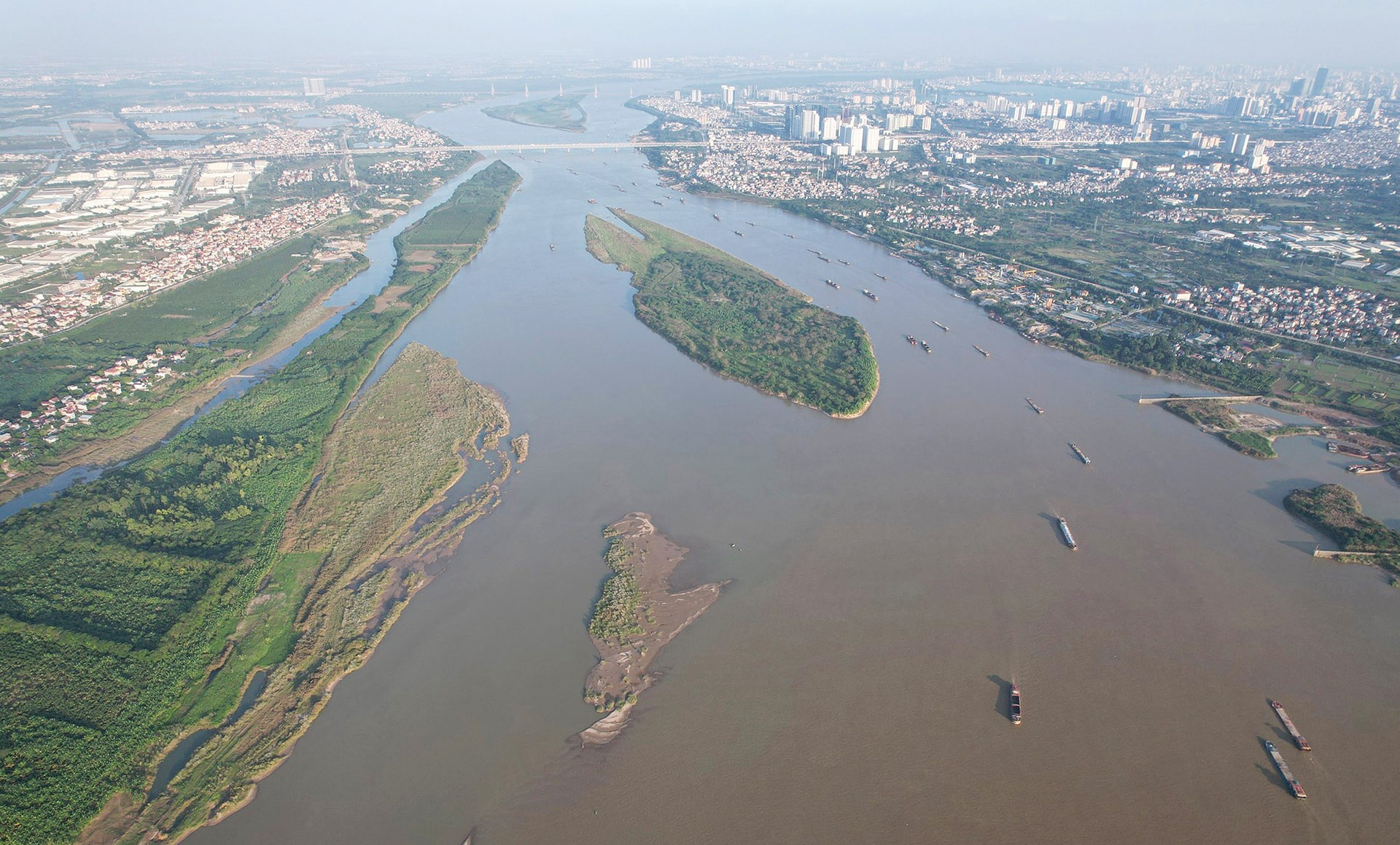
Over the past thousand years, the Red River has witnessed many ups and downs of this land. And now, the river continues to accompany Hanoi into a new era - where the Red River space is not only a part of the urban area, but also a symbol of sustainable development, creativity and prosperity.
The Red River will no longer be just a silent stream in the heart of the city, but will become the soul of Hanoi - a city with two banks, where the past, present and future blend in every stream.
Source: https://baolaocai.vn/bai-5-khong-gian-song-hong-bieu-tuong-moi-cua-thu-do-post399284.html


![[Photo] Closing of the 11th Conference of the 13th Central Committee of the Communist Party of Vietnam](https://vstatic.vietnam.vn/vietnam/resource/IMAGE/2025/4/12/114b57fe6e9b4814a5ddfacf6dfe5b7f)


![[Photo] Overcoming all difficulties, speeding up construction progress of Hoa Binh Hydropower Plant Expansion Project](https://vstatic.vietnam.vn/vietnam/resource/IMAGE/2025/4/12/bff04b551e98484c84d74c8faa3526e0)


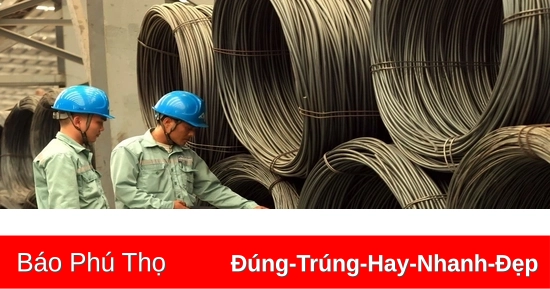



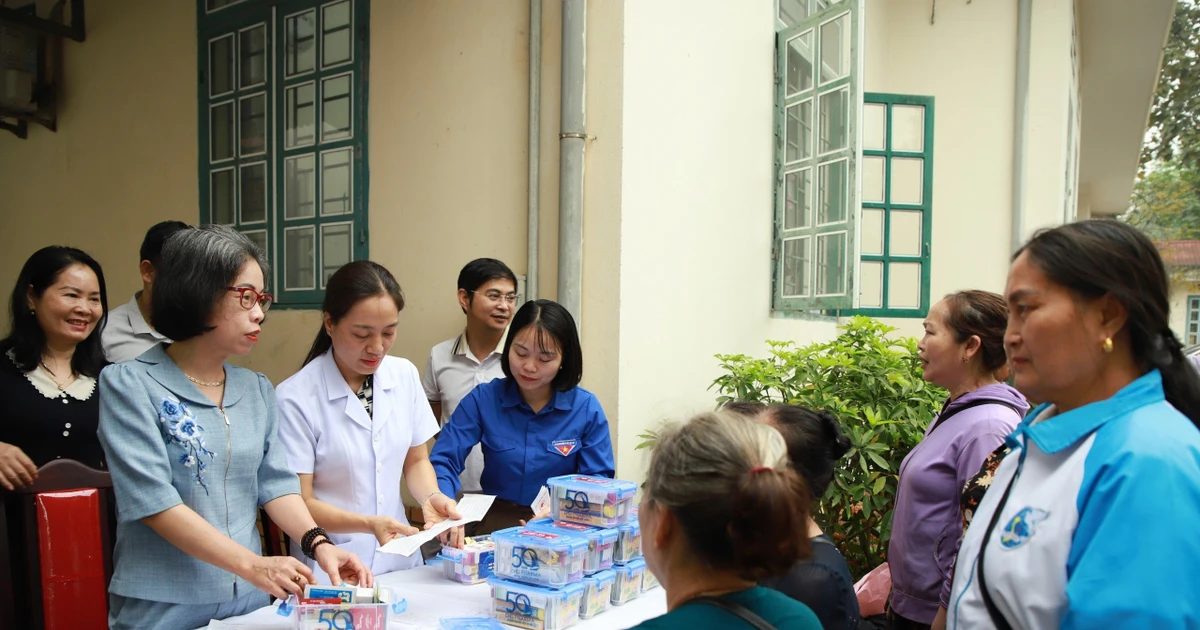




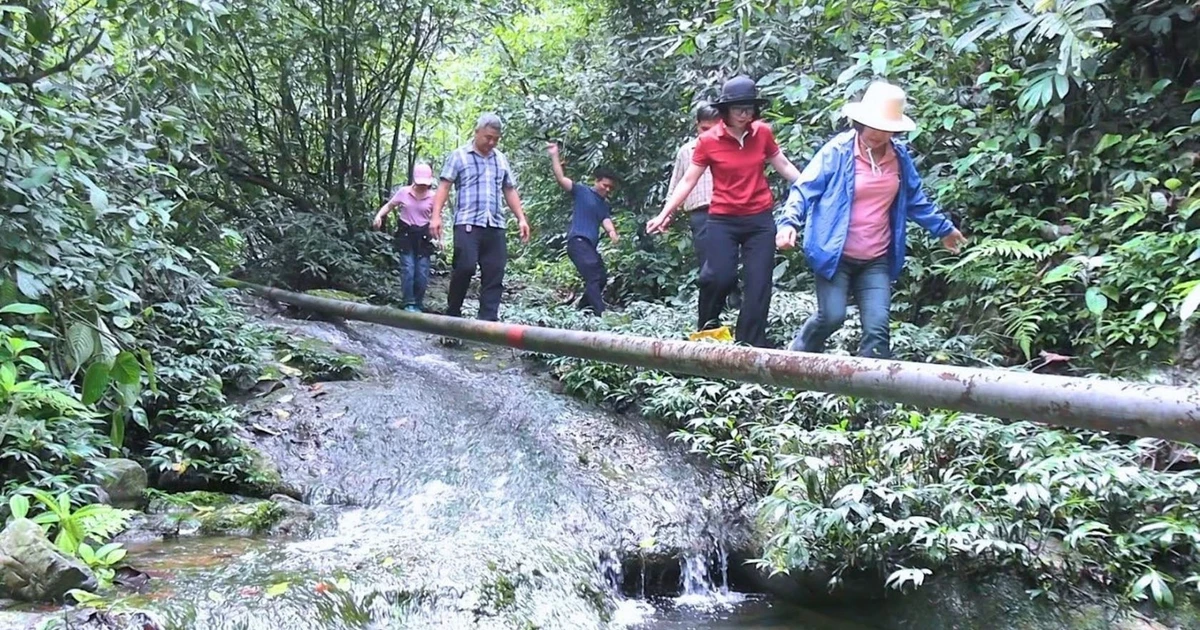
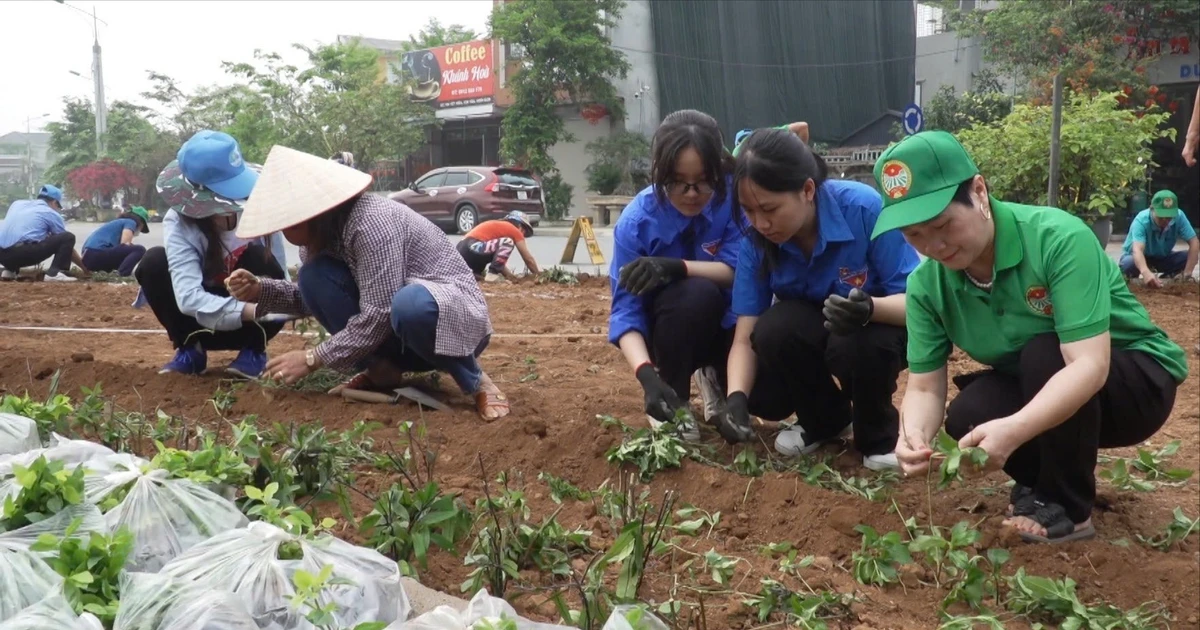

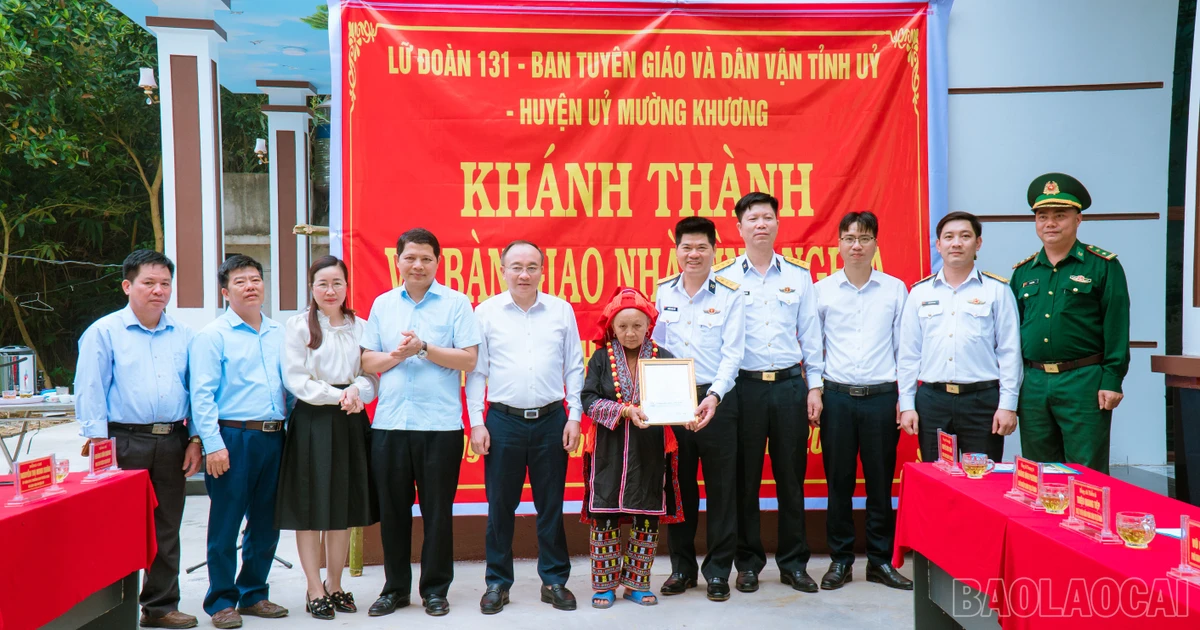

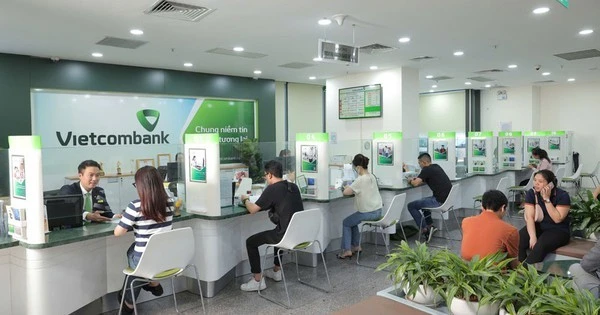














































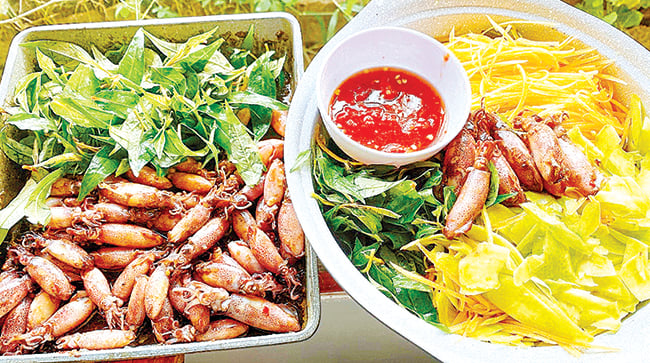
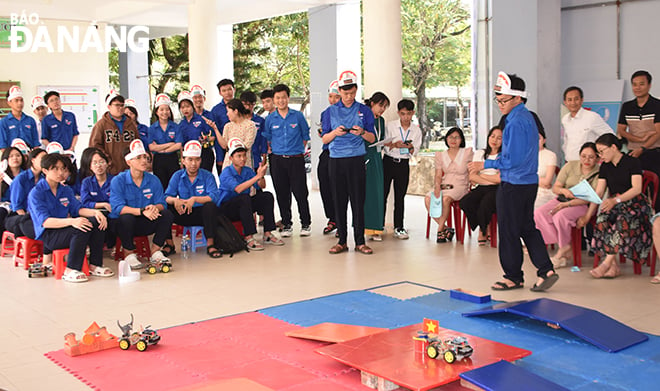


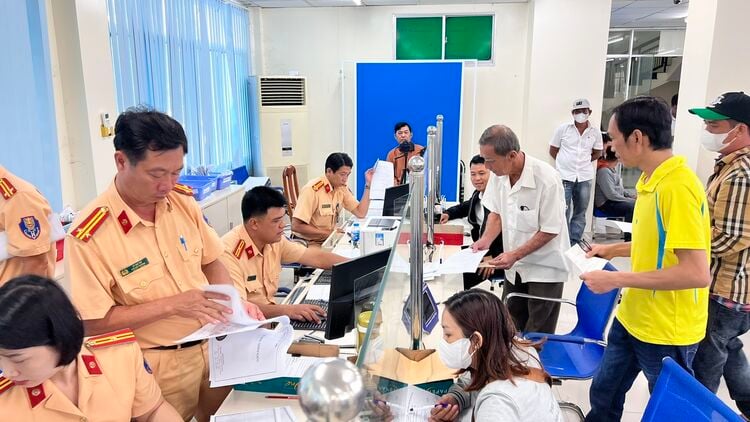

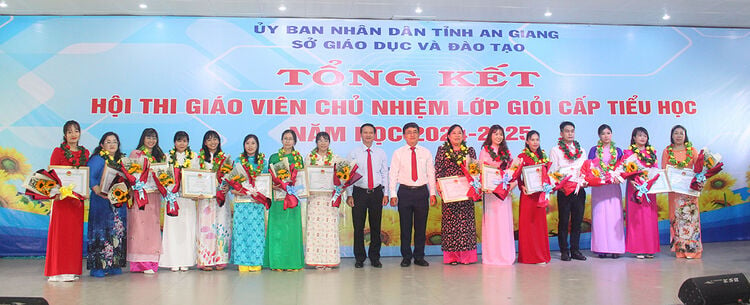











Comment (0)